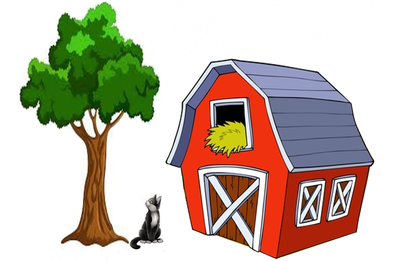Flower Seed Sowing Instruction

Exposure Full sun to partial shade, depending on the blend
Timing Try to direct sow wildflower seeds during the period two weeks before your last average frost date. A minor frost may improve germination. Wildflower seeds can also be sown in the fall though some seed may be lost over winter. Annual species will benefit from direct sowing in early spring.
Site Selection If you choose an area which has nothing currently growing on it, that would be an indicator that flowers will not likely grow there either. Problems could include but are not limited to soil fertility, lack of drainage, or the need for soil amendments.
Site Preparation Removing as much existing vegetation as possible through pulling, tilling or even burning off existing growth. Planting seed into existing lawn will create too much competition and result in a very low germination rate.
Seed Application Seeds can be scattered by hand, for larger areas it may help to add 1-2 parts clean, dry sand to 1 part seed which will help the seeds spread evenly. Beach sand may contain salts which will have adverse effects on germination. If you have enough seed it may be smart to save some for filling in bald spots at a later date. Seeds must come into contact with the soil in order to germinate. Do not bury seeds more than 2-3 times their thickness.
Planting Rates Aim for a planting density of approx. 70 seeds per square foot. If seeding an area where site preparation has not been properly performed and weeding is not possible, this seed rate should be doubled or tripled.
Growing Keep the seeded area as evenly moist as possible to help the seeds germinate and the young seedlings become established. Weeds need to be kept under control. Once they are growing, most mixes will not require additional water except in long periods of hot, dry weather. All of our mixes should re-grow for several years, but will eventually benefit from re-seeding. In late summer, many of the components will produce seed heads that can be harvested and replanted the following spring.
